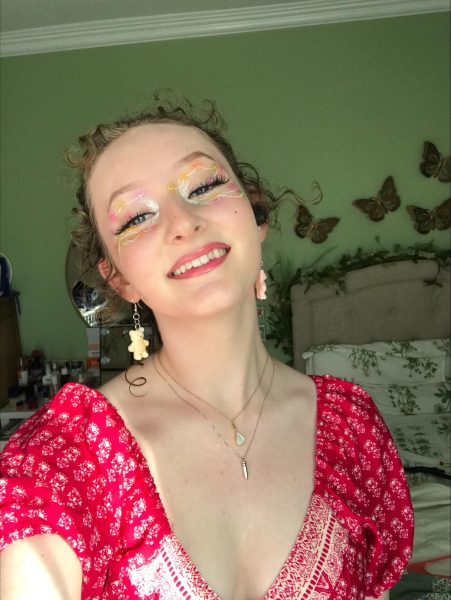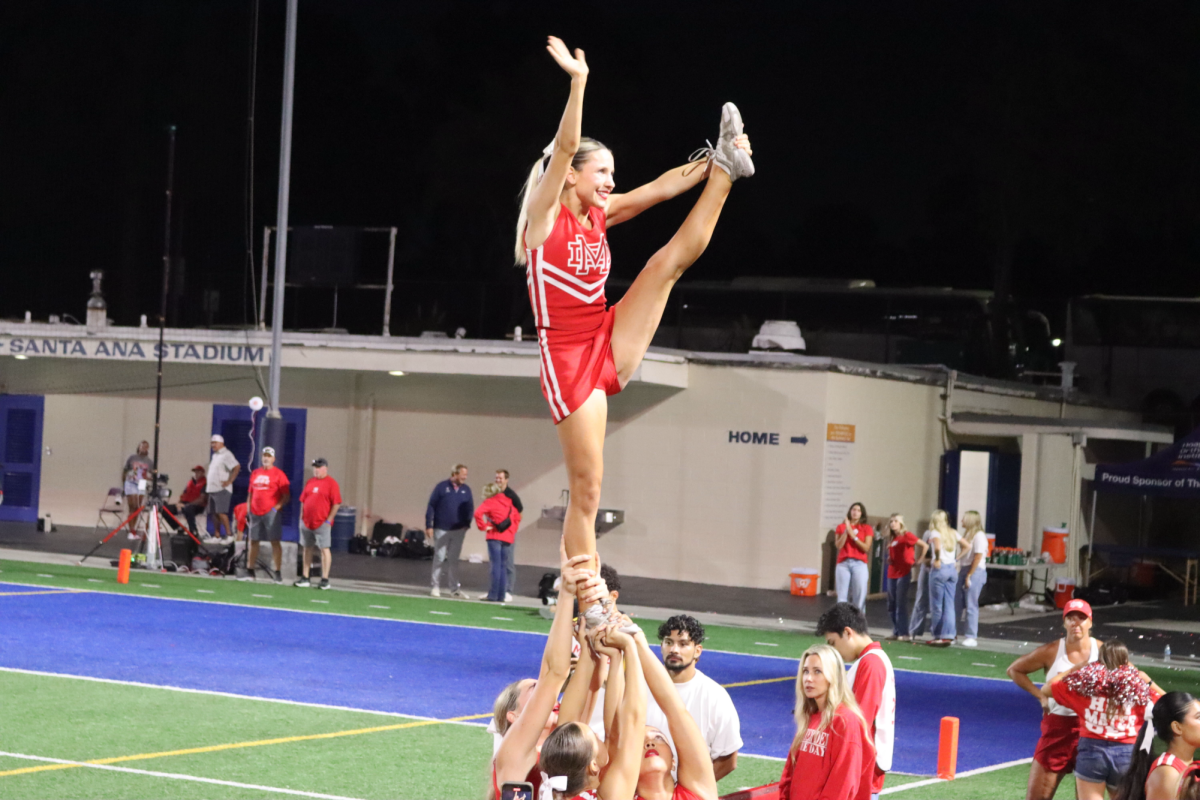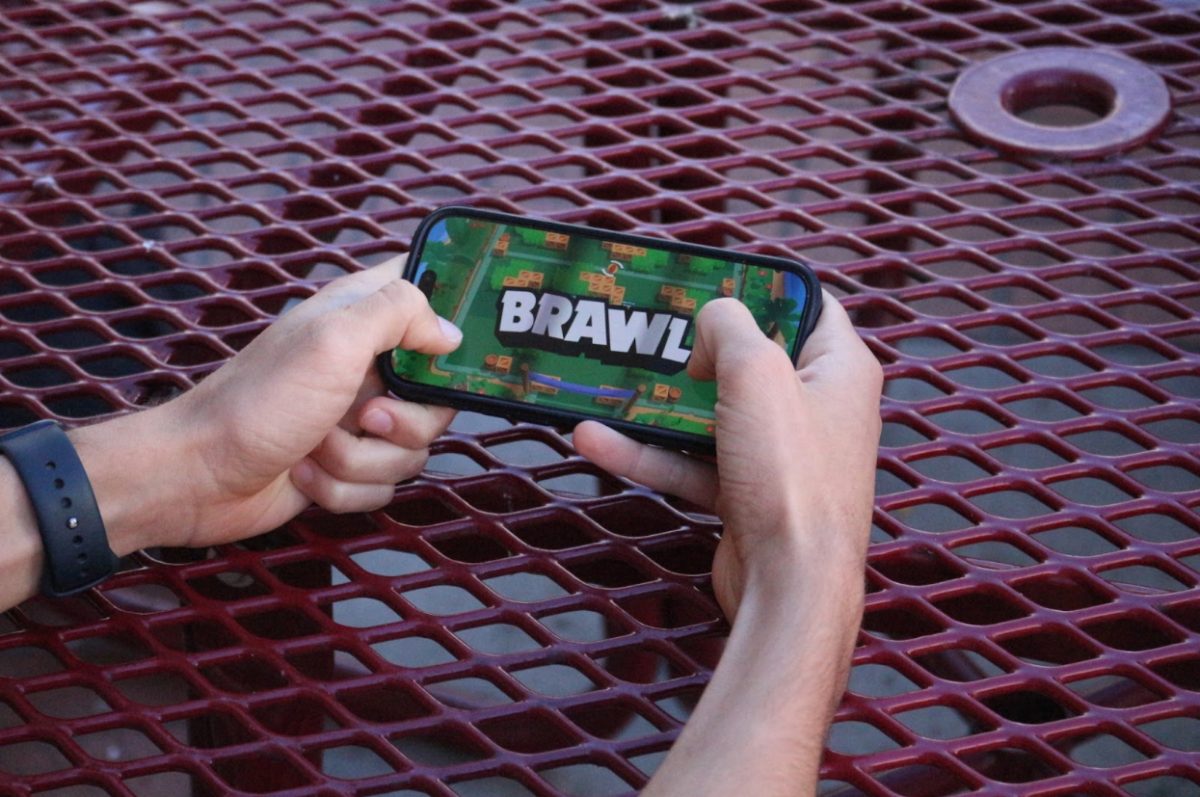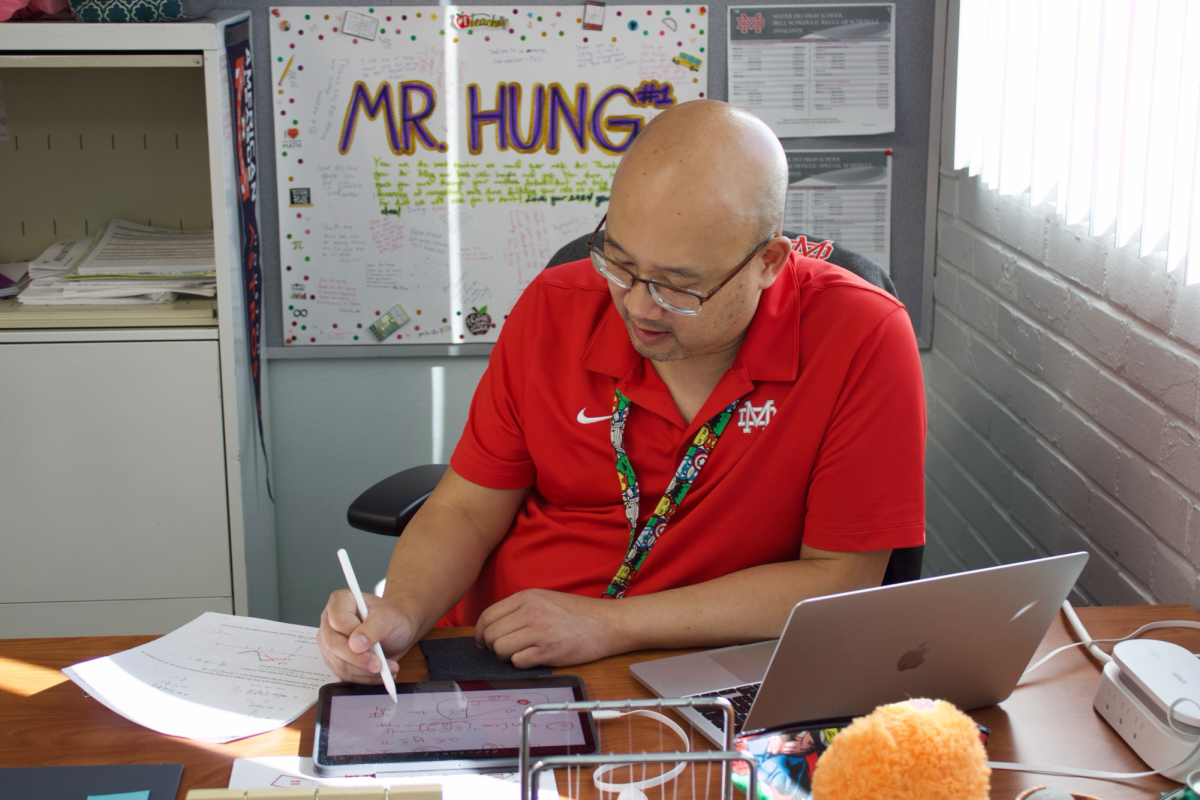As seen in modern times, one decade consistently affects the next, until eventually ideas come back to recycle themselves. Aging back to 6000 BCE in Egyptian times, makeup has been a popular concept for millennia. The most recently prominent among these iconic looks is the 1920’s, as we continue to be influenced by present day trends.
1920’s:
The twenties marked itself as the feminist century with freedom and independence. This presented itself through red lipstick in ‘Cupid’s bow,’formed by overlining in the center, creating a sideways ‘bow’ on the lips, thin eyebrows, foundation, and bright blush, sometimes including mascara and kohl. This was meant to make women look younger and bolder, coinciding with the emergence of the Hollywood movie stars. These huge contrasts began as a feminist act, and continued to shift as time went on.
1950’s:
As television and advertisements became produced in color, the fashion and makeup industry boomed. The ideas seemed to focus on creating a natural illusion, staying close to realistic color pallets. Foundation continued to be used as a staple product, while everything else stylistically had changed. Earth tones, especially in eyeshadows, became prominent, as well as dramatic mascara. Winged eyeliner became a personalized look, varying in length, thickness, and color throughout the decade. Eyebrows became drastically thicker from the formerly shaved brow, thick in the inner corner and rounding out at the edge. Lipstick shapes followed a natural mouth shape, falling under the colors of red, dark red, and blue-red.
1960’s:
As the “baby boomers” came into their own age, makeup became a controversial subject. Some women felt that wearing no makeup would make them more powerful, breaking the traditional bonds of femininity, while others chose to wear dramatic eye makeup. By the mid sixties, dark eyeshadow creases with colored matte upper creases, false eyelashes, and soft face makeup became extremely popular. Eye makeup varied from greens to grays to pinks, highlighting the upper portion of the face.
1970’s:
As “flower power” continued to trickle in from the late sixties, bright colors and bold looks came into fashion. Matte and pearlescent eye shadows became popular, often worn in a cat eye or almond shape. Eyeliners also became offered in various colors, with a new popularity of white, occasionally double lined with black. Mascara was worn on both top and bottom lashes, thickness varying by individual taste. Eyebrows returned to the skinny, curved brow, while lipstick became its own statement. Deep red and pinks, in shades like “plum,” “mulberry,” and “cranberry” were popular, while red also had its comeback. Glosses, particularly with flavor, became a new trend, as it would suit certain tastes.

(Photo courtesy of Sam Wurts)
1980’s:
The eighties took a fast turn from natural, starting with bright metallic eyeshadows in pinks, blues, and purples. Thick brows as well as heavy eyeliner, became popular, on both the top and bottom of the eyelid, in matte colors. Lipstick remained fairly simple, in reds, frosted pinks, and mauves, colors were mostly up to the individual’s taste.
2000’s:
As the 2000’s approached, social media became a strong influence in the day-to-day makeup looks. Bold bronzer, accompanied by body glitter and tanner, became extremely popular, as well as contrasting shiny pink lips in either lip gloss or lipstick. Blushes in bright pink, red, and coral were applied with a heavy hand, and eyebrows returned to the “skinny brow” that was popular in the 70’s. Eyeshadow was bold, covering the entire eyelid in bright contrasting colors, with a small dot of white in the inner corner. The smokey eye grew in popularity in the late 2000’s, usually in darker colors, and sometimes featured an orange or yellow. Circling back to the present day, there are many old trends actively present, as well as their influence combined with other trends to create new ones. Today’s generations take inspiration from years past to make their own mark with individual makeup talents.
Senior Sam Wurts uses makeup as an creative outlet, branching out from her traditional forms of artistry.
“[Makeup] really stemmed from my love of drawing and sketching,” Wurts said. “I’m a very artistic person, and I really like to do hyper realistic drawings.”
Makeup became a natural transition for her, making visions she once saw on paper come to life. She combines various eras to achieve her ideal looks, including a combination 1920’s matte and 1950’s dewy foundation,Y2K inspired eye looks, or those that follow her own creative whims.
Senior Ali Brutlag takes inspiration from more historical points of view, and broadens her spectrum of makeup thanks to the steps of those who have come before her. She takes very specific pieces from various decades, creating a classic look for herself.
“I think the 90’s primarily inspires me, but I also like to take from the early 20’s with the dramatic down eyeliner,” Brutlag said. “I really really love Alexa Demi and Yasmine Glory. Yasmine Glory was a model during the 90’s and she did her own makeup during all of her runway shows because she didn’t want them to accidentally mess up her makeup because she wasn’t white.”
Both the culture of the present and past play a large role in how society presents themselves today, especially in trends. Such monumental impacts occur along the way, influencing personal perceptions, and allowing each individual to explore their own beauty world.





![WORK TO SUCCEED By working these tips into their study schedule, students can reap the benefits of AP courses. With just a few easy lifestyle changes, and new methods before the test, students can see an increase in scores that other successful students have witnessed. “It‘s really about making sure that throughout the year you know what you're doing,” senior Angela Karanja said. “[Also] being calm the day of, so that you can remember everything that you learned [is helpful].” Infographic by Ava Gomez.](https://thescarletscroll.com/wp-content/uploads/2025/03/IMG_5210-1200x676.jpeg)
![A YEAR IN REVIEW
Between Nov. and Dec. 2024, 57 respondents voted for their favorite songs, artists, and albums. Every category had multiple options, and each one faced tight competition as the artists Sabrina Carpenter, Kendrick Lamar, and Billie Eilish battled for the top spots. Students like senior Payton Bauer encourages others to check out other popular singers, if they haven’t already. “I would say [listen to Carpenter] if you're [wanting to] feel good about yourself,” Bauer said. “Or maybe you just want something to work out or dance to. [Her music is] really fun.”](https://thescarletscroll.com/wp-content/uploads/2025/02/Orange-Black-Why-Vinyl-Records-Rock-Music-Infographic-e1738774839991.png)


Ava Gomez • Dec 17, 2023 at 5:03 pm
Such an interesting story!! Really informative, and keeps you from getting bored.